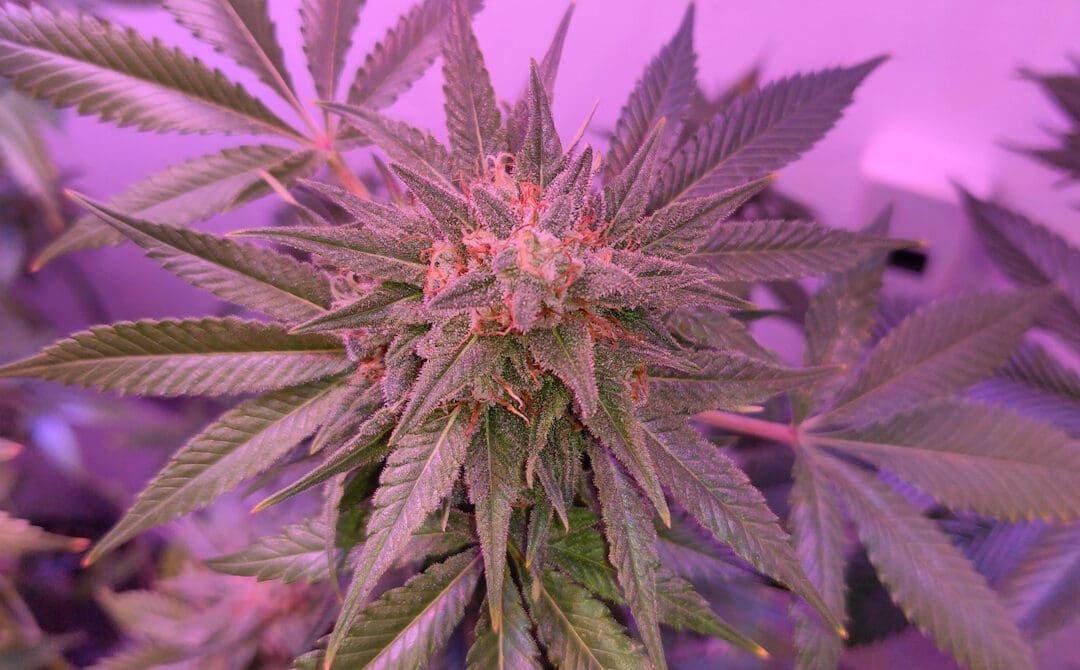In a recent scientific literature review published in the journal Molecules, researchers delved into the collaborative interactions among various chemical compounds in marijuana. The study argues that beyond the well-known THC and CBD, understanding the complex relationships between cannabinoids, terpenes, flavonoids, and other molecules is crucial for unlocking the complete therapeutic potential of cannabis—a phenomenon referred to as the “entourage effect.”
The Overlooked Players: The study acknowledges that in cannabis science, cannabinoids, terpenes, and flavonoids have often been overshadowed by the focus on THC and CBD. However, emerging evidence suggests that these components, particularly cannabinoids and terpenes, play a substantial role in interacting and collaborating. The interplay between these compounds gives rise to the diverse effects observed among different cannabis strains, paving the way for a more nuanced understanding of cannabis’s therapeutic
benefits.
Nuanced Interactions: Examining distinct ratios of cannabinoids, terpenes, and flavonoids in specific cannabis strains or products is highlighted as a key factor in developing more personalized and productive medicinal interventions. The researchers emphasize that a better grasp of the intricate interplay between these compounds is paramount for realizing the full therapeutic benefits of cannabis.
Cannabinoids, Terpenes, and the Endocannabinoid System: The study sheds light on how cannabinoids and terpenes interact with the endocannabinoid system, exerting various effects on the body, such as analgesic, anti-inflammatory, and neuroprotective actions. Importantly, the effects are not solely attributed to their individual actions but are modulated by other compounds in the plant, demonstrating the importance of the entourage effect.
Flavonoids: The Limited Yet Promising Research: While research into flavonoids is relatively limited, the authors note their potential anti-inflammatory, antioxidant, and neuroprotective properties. Specific flavonoids, like cannflavins, have shown potent anti-inflammatory effects, particularly in neuroinflammation, further emphasizing the multifaceted nature of cannabis’s therapeutic potential.
Challenges in Cannabis Research: The study acknowledges the challenges posed by the federal classification of cannabis as a Schedule I substance, hindering comprehensive research. The authors emphasize the imperative need to address regulatory barriers to expand access to cannabis products for research purposes, fostering a more informed understanding of the therapeutic and adverse effects of cannabis and cannabinoids.
Advancements Amidst Legalization: Despite regulatory challenges, the growing legalization movement has spurred increased research into cannabis. Scientists have published over 32,000 marijuana studies in the past decade, exploring not only the effects of consumption but also the fundamental chemistry of the plant. Recent discoveries, such as previously unidentified cannabis compounds and the impact of diverse cannabinoids on psychoactive experiences, highlight the expanding landscape of cannabis research.
As we navigate the complex web of chemical interactions within cannabis, a focused investigation into the synergies between cannabinoids, terpenes, and flavonoids is deemed essential. Overcoming regulatory barriers and advancing phytochemical research will be key to unlocking the full therapeutic potential of cannabis, offering diversified treatment options and paving the way for informed decision-making in public health initiatives.

